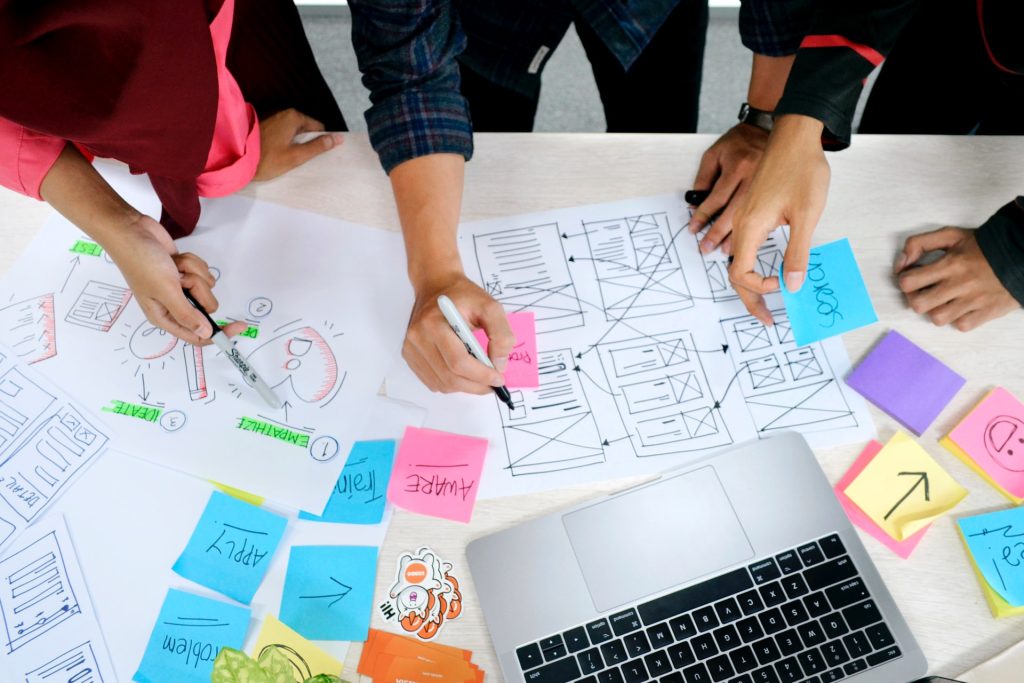If you’re like most people, you probably spend a good chunk of your day clicking on things. Maybe it’s to get to the next page in a article, or to close an annoying popup. Whatever the case may be, it can be frustrating when those clicks don’t result in the desired outcome.
Quick Links
UX Design agencies can help you to minimize rage clicks by helping you to design your UI in a way that is more user-friendly.
In this post, we’ll share some tips on how to design your user interface (UI) in a way that minimizes rage clicks. Let’s get started!
What are rage clicks, and why are they a problem?
A rage click is defined as “a computer user’s angry or violent clicking of a mouse button in response to something that has annoyed them.”
Rage clicks can occur for a variety of reasons, but most often it’s due to poor UI design. For example, if a user can’t find the button they’re looking for, they may end up clicking on everything in frustration until they finally find it. Or if a website loads slowly, a user may click frantically in an attempt to make it move faster.
Not only are rage clicks frustrating for users, but they can also lead to all sorts of problems down the line. For one, it increases the likelihood of errors being made. And if users are constantly having to click on things multiple times, it can lead to a feeling of general frustration with your site or app.
In short, rage clicks are a problem because they lead to frustrated users and can cause errors.
How can you design your UI to minimize the chances of users clicking in frustration?
There are a few key things you can do to minimize the chances of users clicking in frustration:
1. Use clear and concise labels
Make sure that the labels on your buttons and links are clear and concise. Users should be able to understand what they’re supposed to do without having to guess.
2. Place elements in logical locations
Elements on your page should be placed in logical locations. For example, if you have a button that users need to click on to submit a form, it should be placed near the form itself and not somewhere else on the page.
3. Make sure everything is easy to find
Users should be able to find everything they need without difficulty. If they have to search for something, it’s likely that they’ll become frustrated and may even give up entirely.
4. Use loading indicators
If there’s an element on your page that takes a while to load, use a loading indicator so users know that it’s coming. This will help to avoid frustration and rage clicks.
5. Avoid popups
Popups are one of the most common causes of rage clicks. If you must use them, make sure they’re easy to close and don’t obstruct the content.
6. Test your design
Before you launch your site or app, test the design with real users. This will help you to identify any potential problems and make changes accordingly.
Rage clicks are a problem because they lead to frustrated users and can cause errors.
Examples of good UI design
Now that we’ve gone over some tips on how to design your UI to minimize rage clicks, let’s take a look at a few examples of good UI design.
1. The Amazon home page
The Amazon home page is a great example of clear and concise labels. The buttons and links are all clearly labeled, so users know what they need to do.
2. Google Search
Google Search is an example of logical placement of elements. The search bar is placed at the top of the page where users would expect to find it.
3. Gmail
Gmail makes it easy for users to find everything they need. The navigation sidebar contains all the different sections of the app, so users can quickly find what they’re looking for.
4. Facebook
Facebook uses a loading indicator to let users know that content is loading. This helps to avoid frustration and rage clicks.
5. Airbnb
Airbnb avoids popups by placing them in a separate section at the bottom of the page. This way, they don’t obstruct the content and are easy to close.
By following the tips above and taking inspiration from these examples, you can help to minimize rage clicks on your site or app.
Conclusion
Design your UI with clarity and conciseness, place elements logically, make everything easy to find, use loading indicators, and avoid popups. Taking inspiration from examples of good UI design can also be helpful. Finally, don’t forget to test your design with real users before launching.
Do you have any other tips on how to design your UI to minimize rage clicks? Share them in the comments below!
Thanks for reading!

